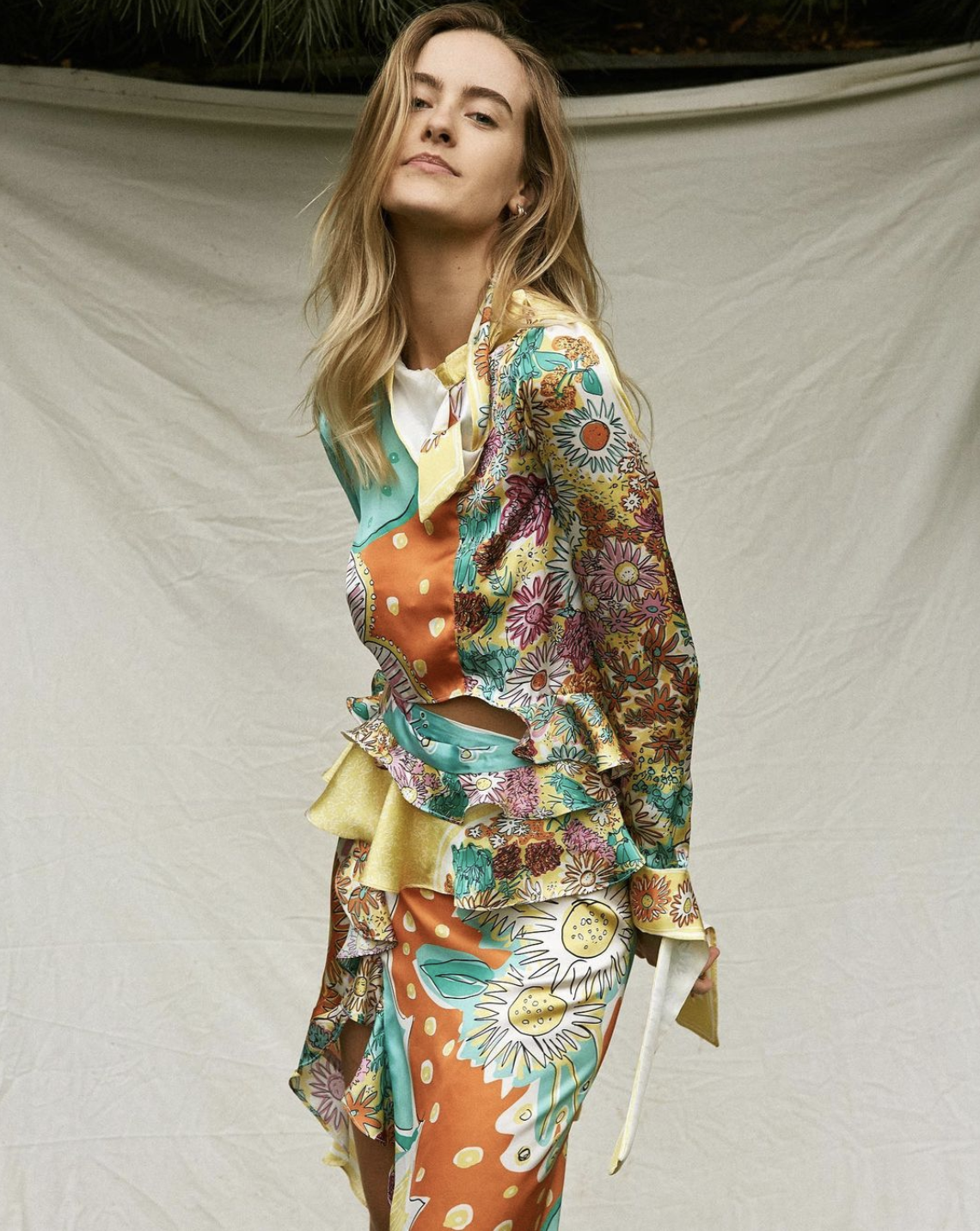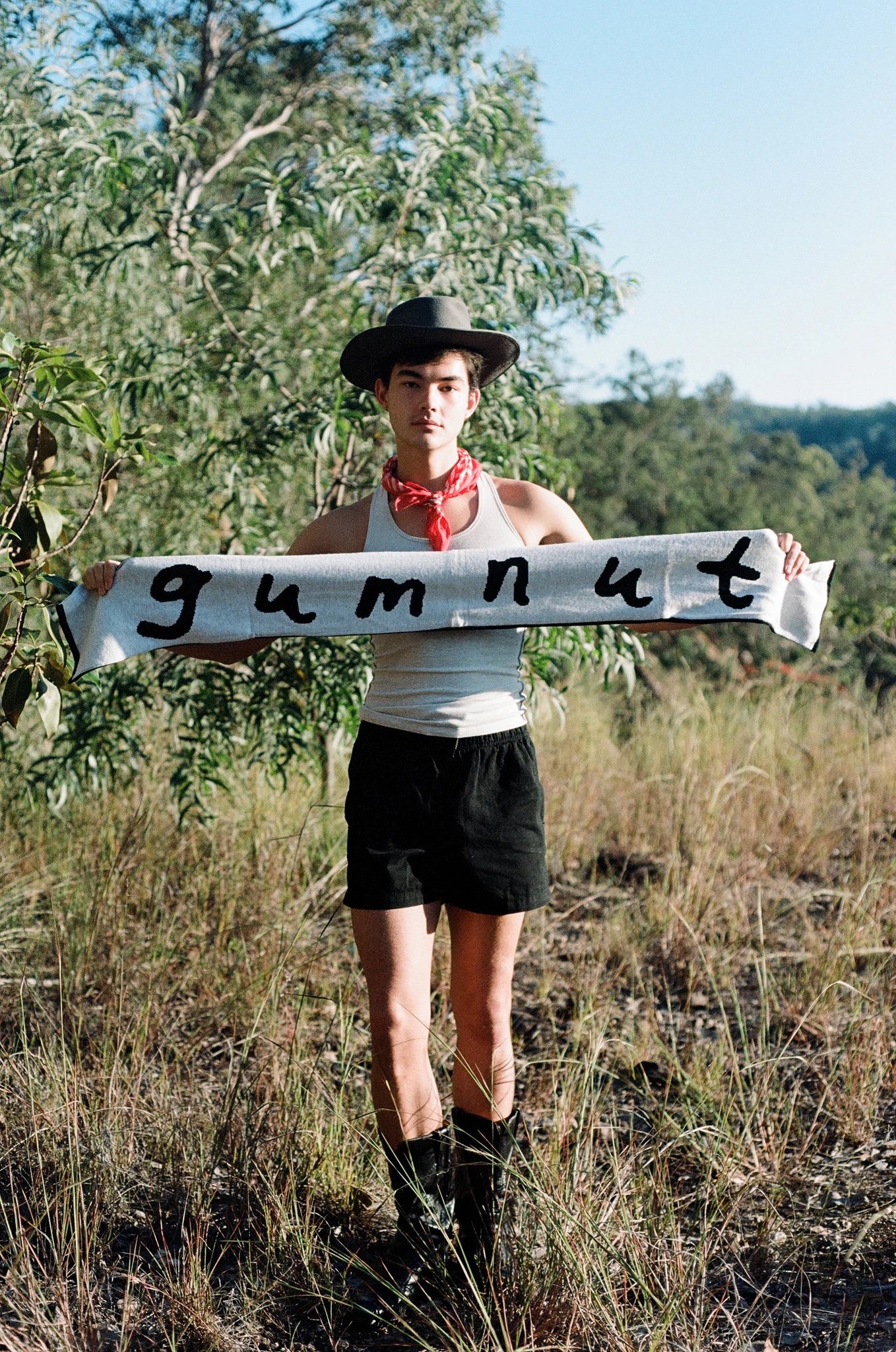
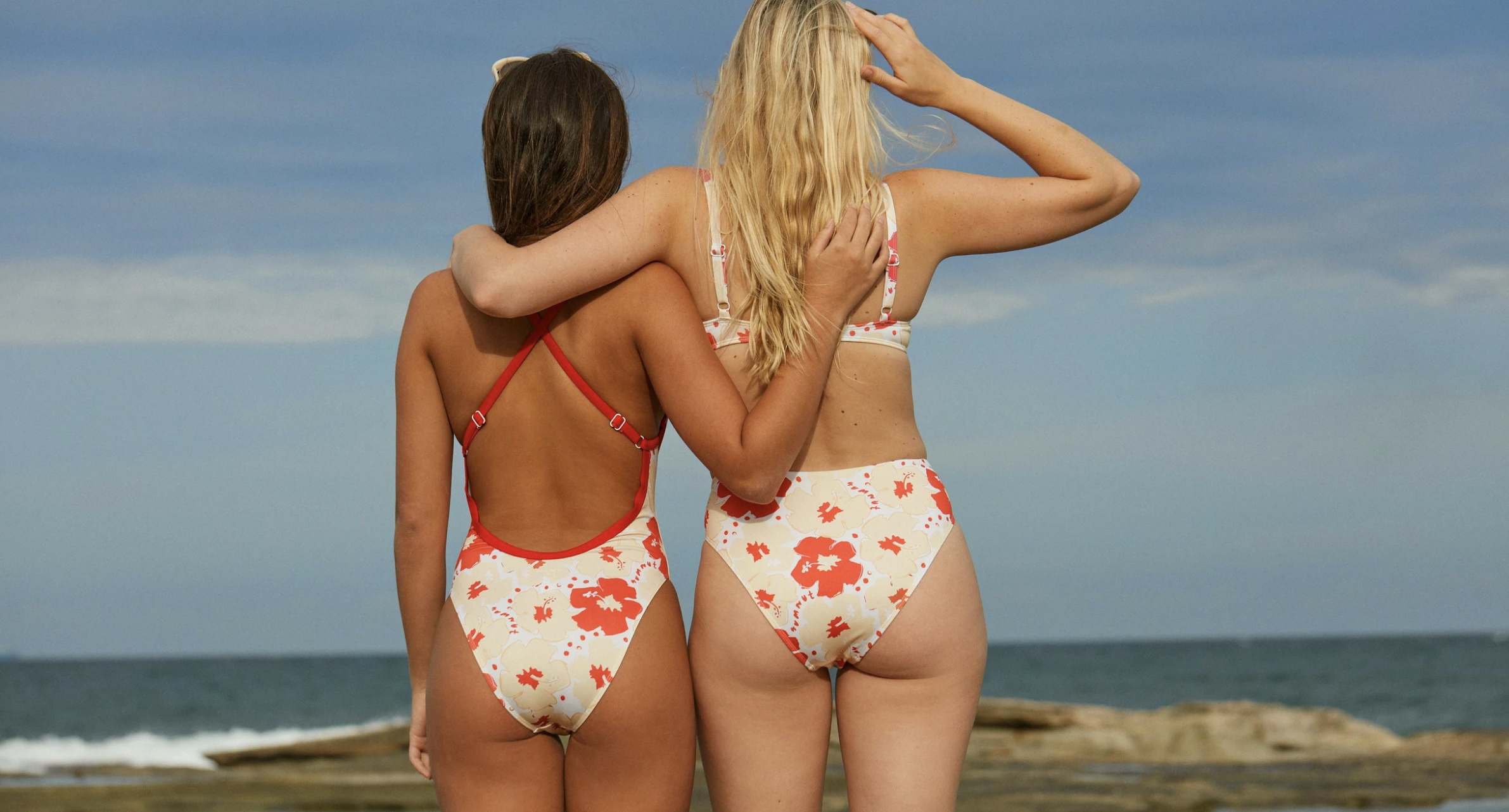
Hi, I’m Iris! I’m half Swedish X Australia- born in Australia with a love for the outdoors, and dress as a form of human connection and culture. I got interested in fashion through modelling (domestically/internationally) and the power that clothing has to shape your identity and your conversations. From there I studied a Bachelor of Design (Fashion Design) in Brisbane (Meeanjin) and in New Delhi, India. When I came back to Brisbane after living in India I had a new appreciation for how unique and irreverent Australian humour and Australian culture is… Thus, Gumnut was born.
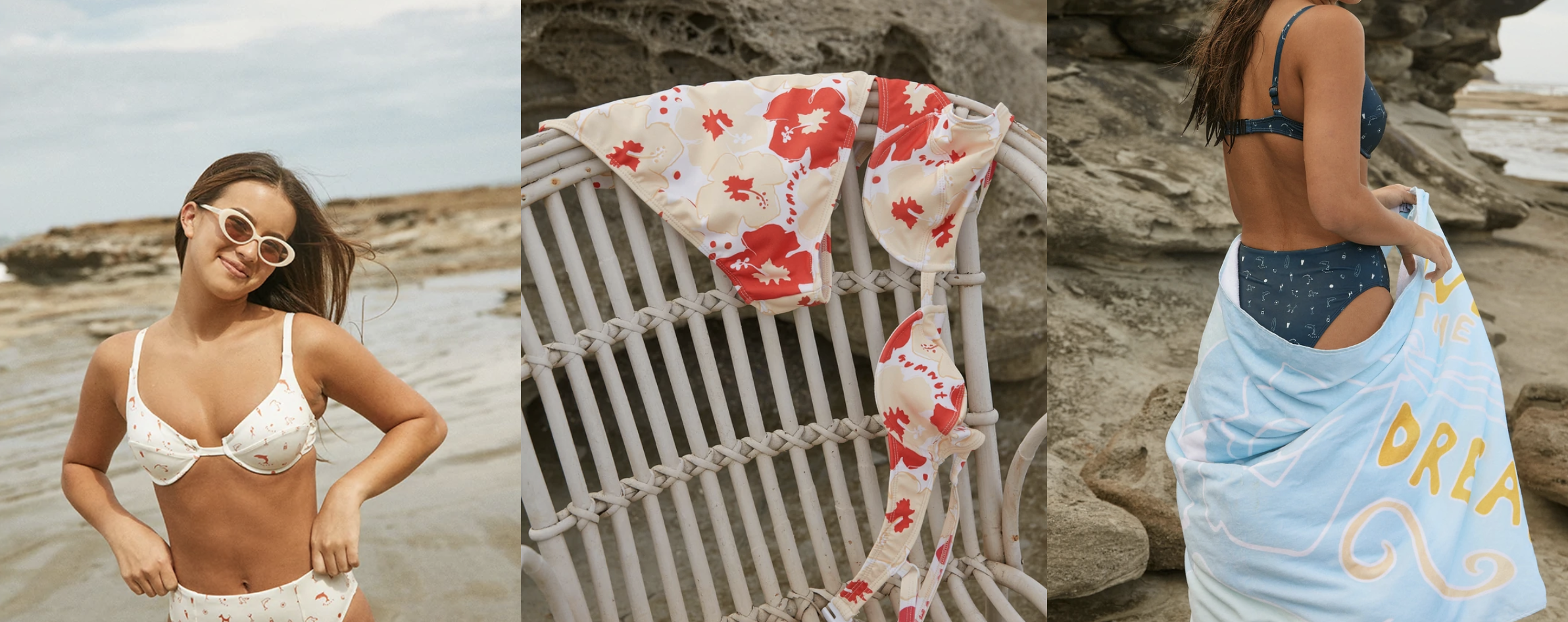
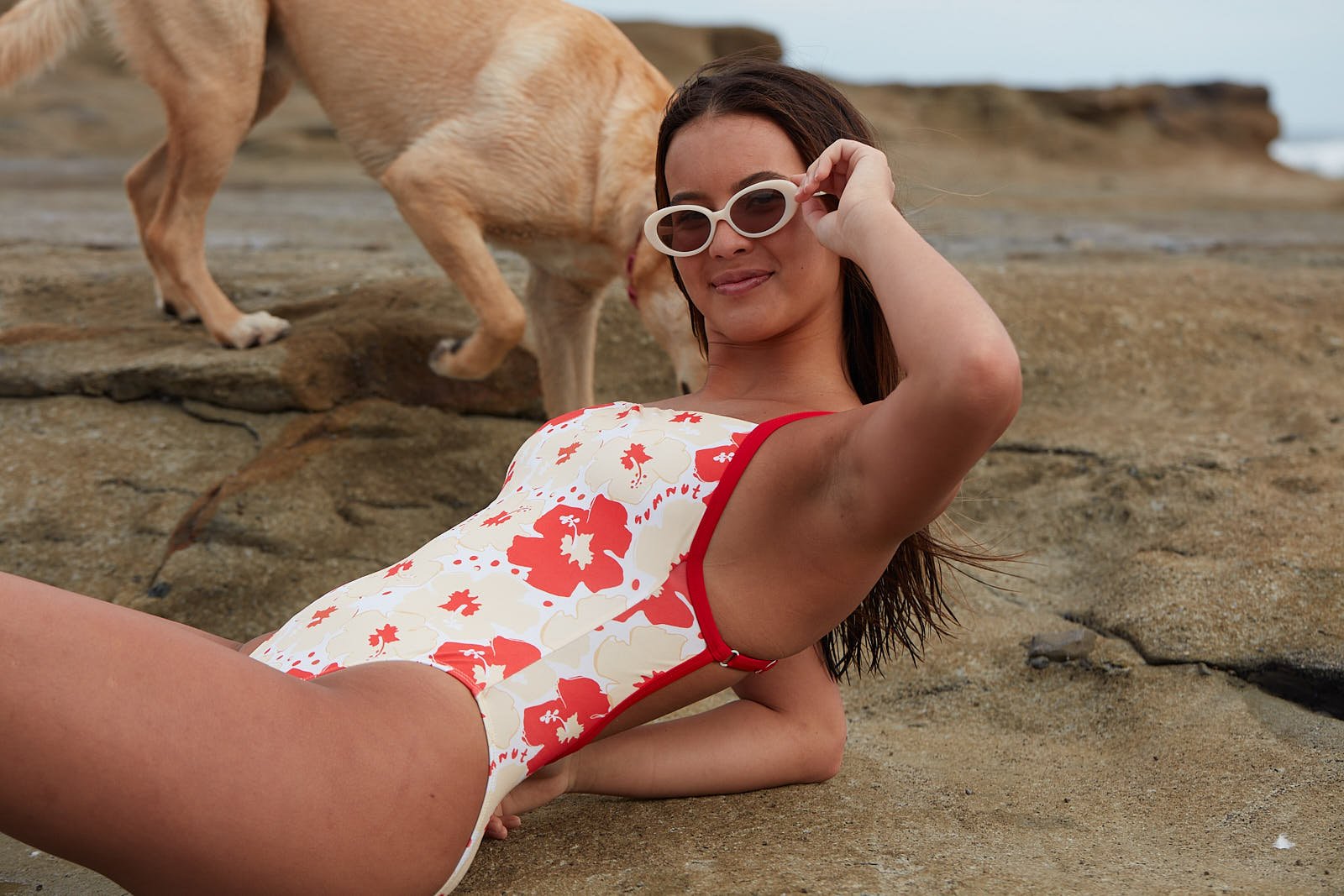
I don't know too much about the culture of fashion / trends in Meeanjin / Brisbane. Could you give me a brief summary?
In Brisbane and up along the coast I think climate is the centre point of how people dress… In summer, people are generally looking for something to wear in the interim before they’re able to get into aircon, a pool, or the beach. Natural fibres, loose fitting, breathable garments that allow freedom of movement (specifically farmers market strutting and ice cream and acai bowl consumption).
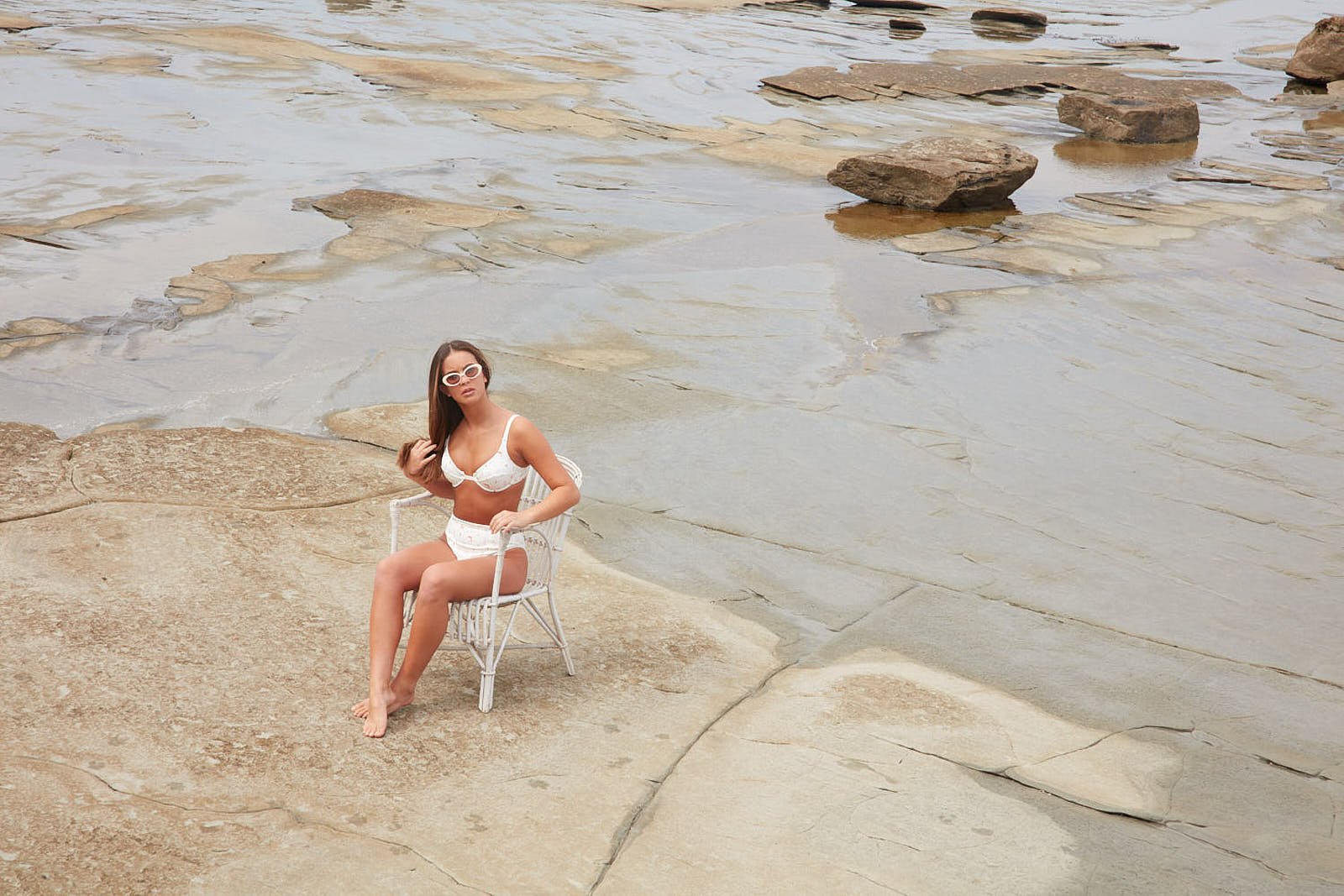
When did you start Gumnut and how did the label get started? Talk me through the process, and what started your love for distinctly Australian culture and fashion?
I started Gumnut in parallel with my Honours thesis where I wrote about Australian culture and dress. I found it fascinating that this topic was so under-researched and explored, however the people that I was able to connect with and interview made the whole process fascinating! I was mentored by Lydia Pearson (from EP) who has remained a huge inspiration for me…
In my option, Australia is so unique because of our history of invasion and colonisation – sovereignty was never ceded. I believe that’s part of the reason that Australia has never fully leaned into what Australian fashion has the potential to be (although there have definitely been many iconic Australian fashion moments- I’m referring to gen pop here). Typically Australian fashion presents as very Eurocentric and normcore. I do believe there are some great small independent brands emerging however (who are very important to support!).
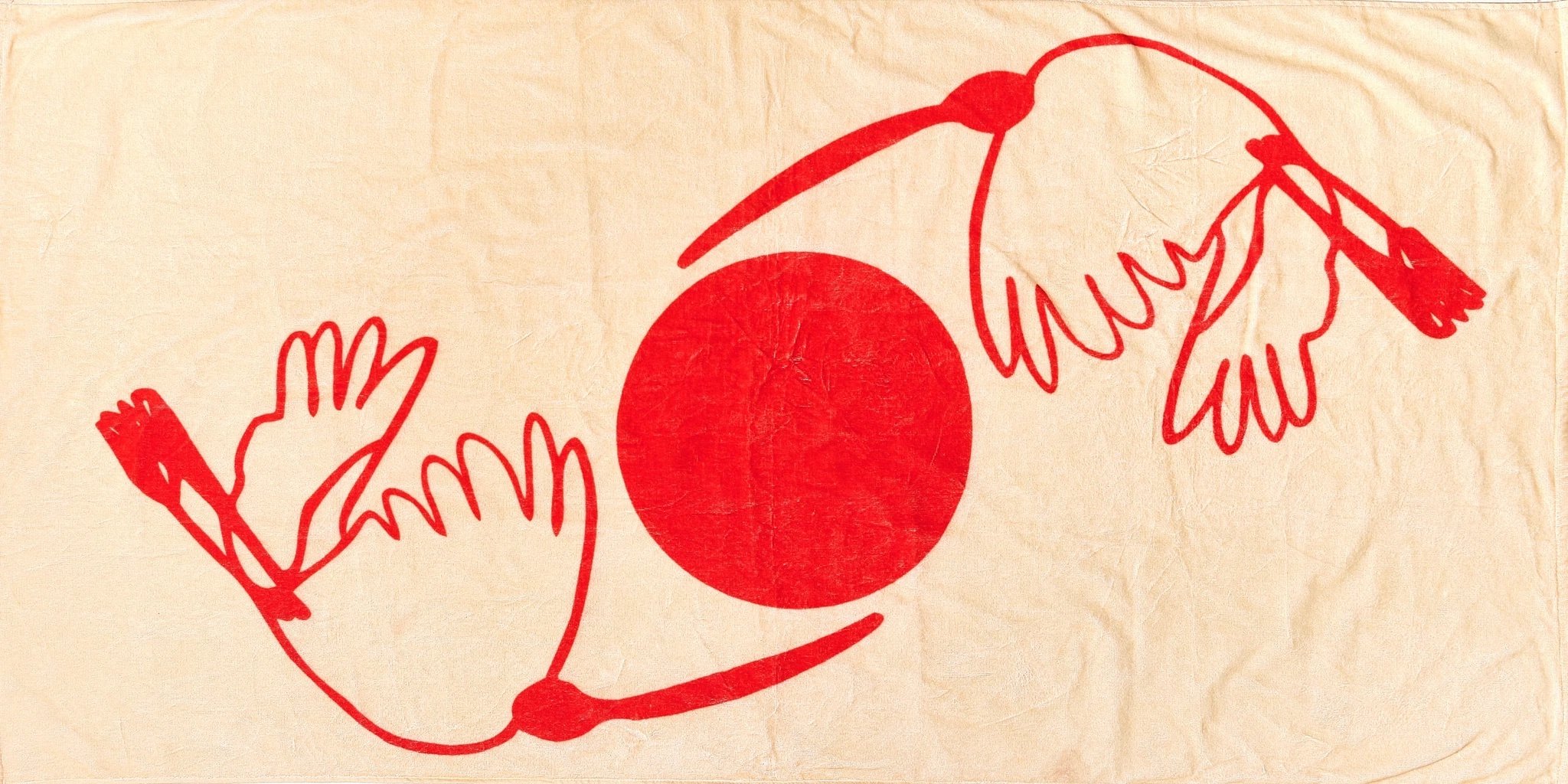

What have your experiences been like in the fashion industry - the good and the bad?
My early experiences as in the fashion industry as a design assistant was pretty terrible haha. The worst example of how toxic one internship was one of the senior designers told a junior designer to hide the keys of another co-worker so that she could eventually be fired for being disorganised.
The high points have been working for the company that I work for now (TradeMutt) a social enterprise workwear company and working in an Indigenous community inn Central Australia (Yuendumu) for a brand called North. Some really rewarding and special moments in there that remind me of why I do what I do… To facilitate human connection and contribute to a greater purpose and good.
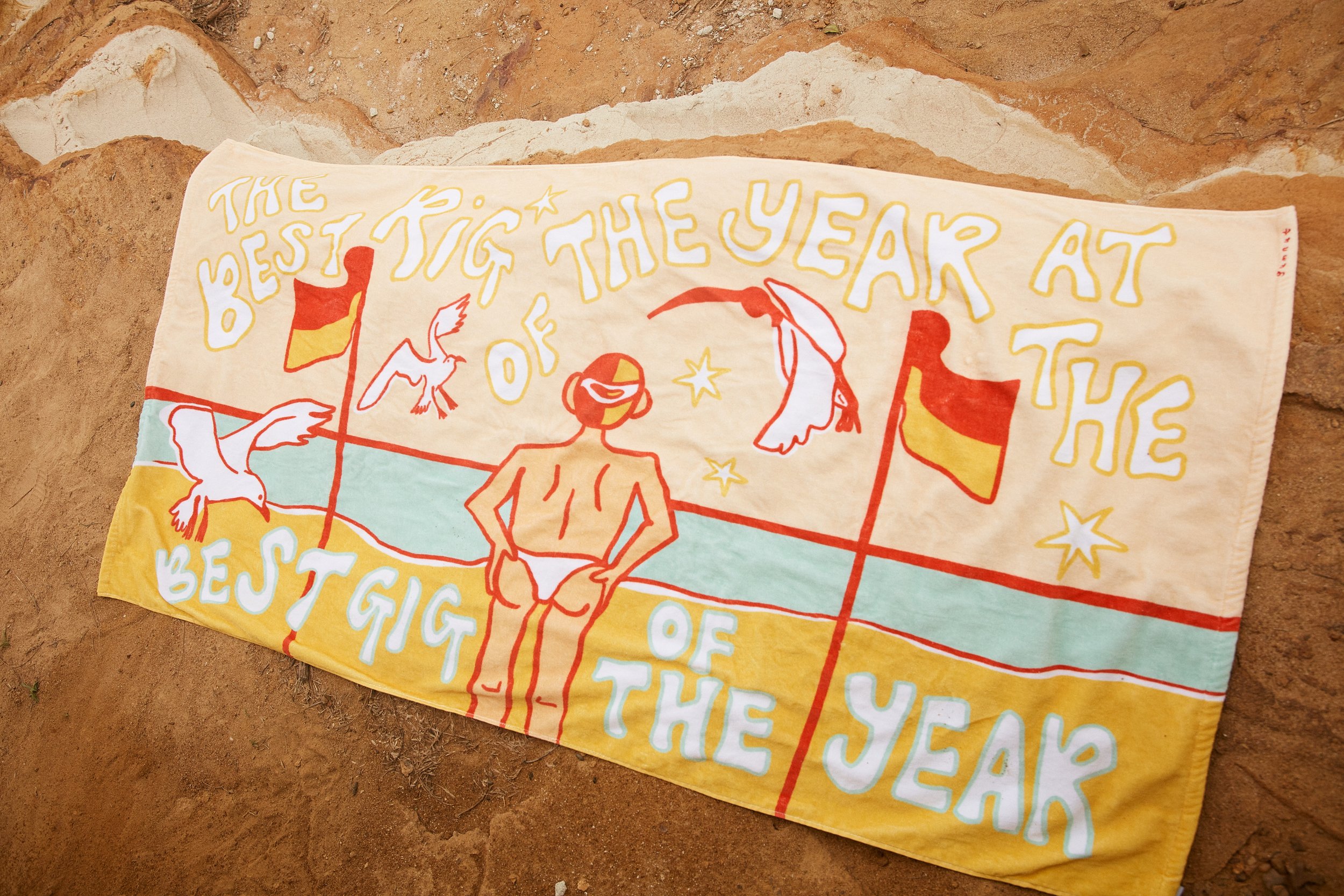
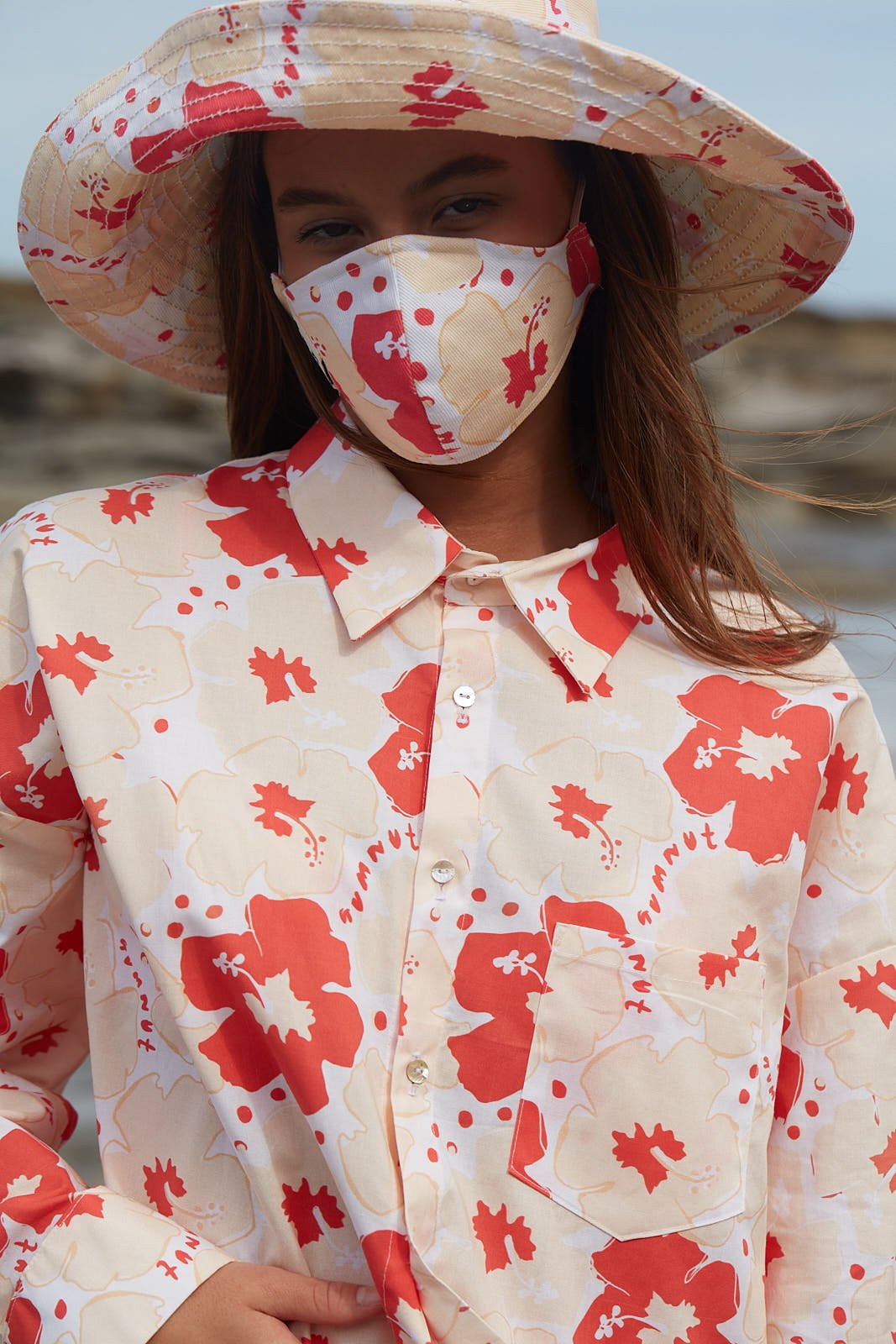
How would you describe Gumnut to someone who’s never seen it before?
Silly, irreverent, inclusive, playful…
A celebration of colour, culture, and humour.
Tell me about your use of sustainable textile alternatives! Sounds awesome, where do you source?
While at university I did research initiatives (VRES), assignments projects and interstate student challenges about textiles and sustainability… The short answer is that there is no perfect textile and the best way to product is by using minimal waste and making sure that supply is matching demand exactly.
Once you have a demand and customer base it becomes about finding a textile that is durable, cost efficient, ethical and is essentially, the ‘least bad’ option (as creating anything has an impact).
For the last collection I made tees that are a hemp X cotton blend as hemp is quite sustainable in terms of it’s water use, durability, and quality. For the next Gumnut collection I’ve focused on manufacturing in Australia as I wanted to have a closer link to my manufacturers and produce the samples in Brisbane.
The swim fabric came from a competition that I won in the states (a company called Spoonflower). I look forward to bringing the brand’s manufacturing onshore and continuing to develop the industry locally and exploring more sustainable materials.
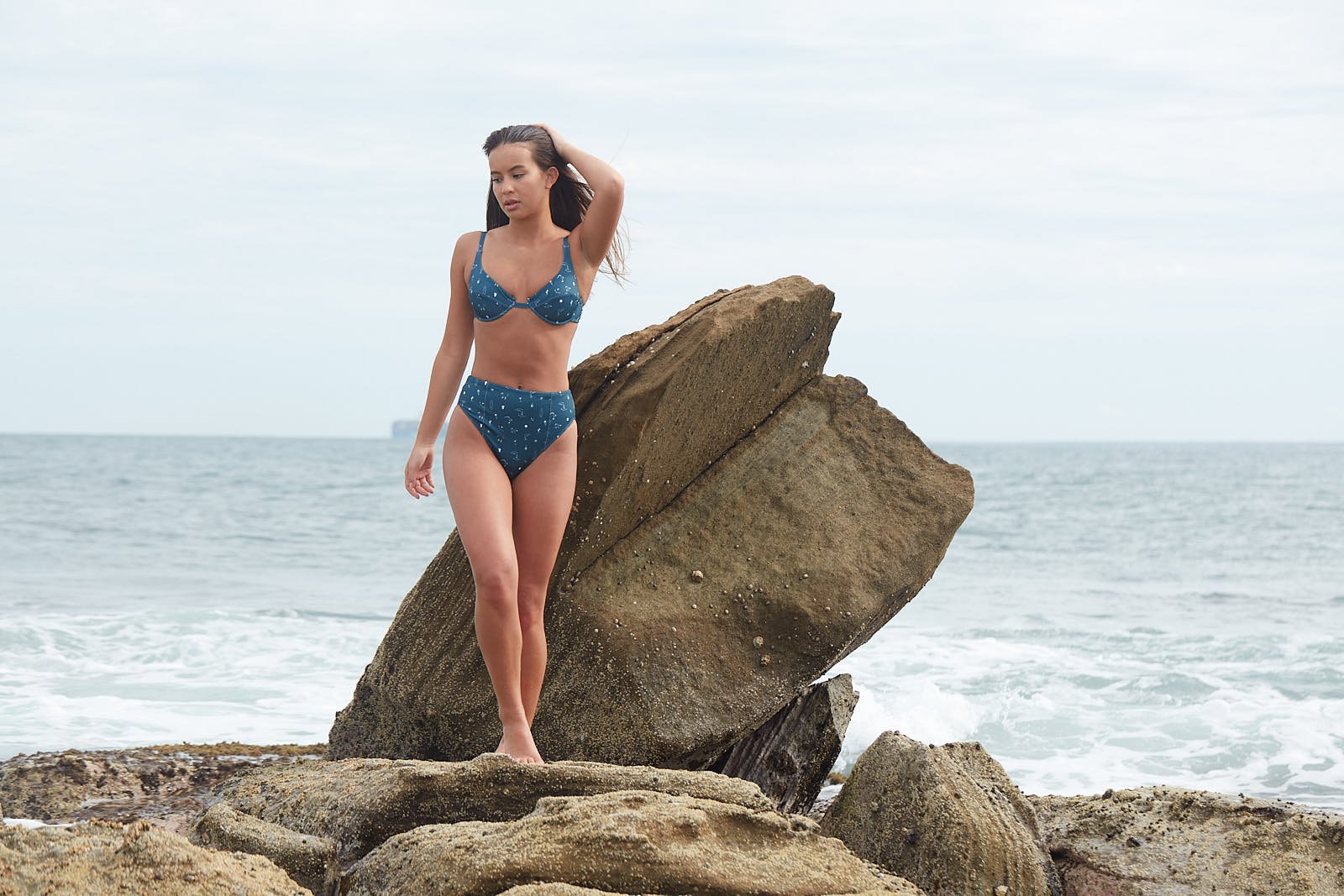
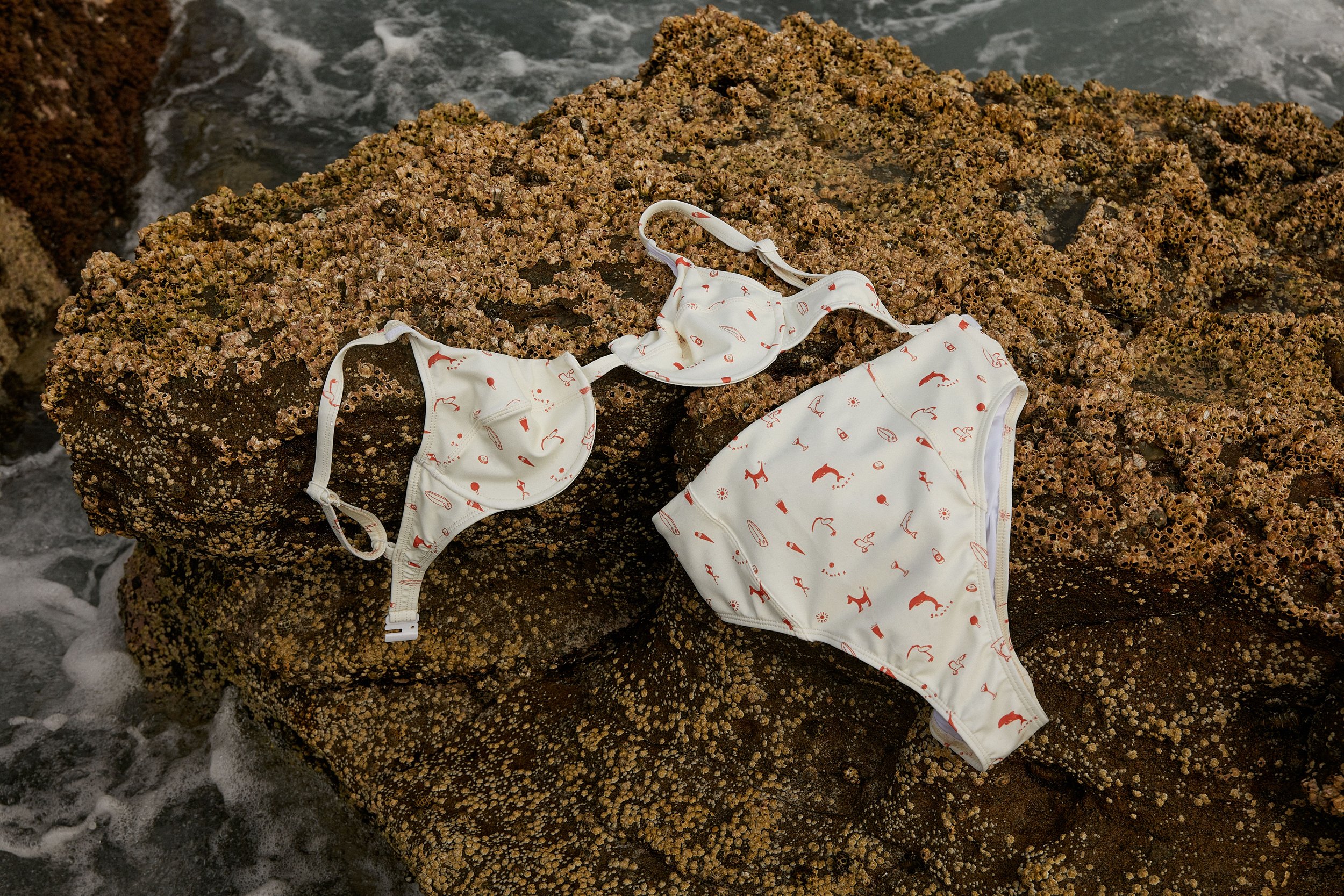
What about the Australian fashion industry needs to change?
Broadly, I think we need more empathy and less $$ and this feeds into every aspect of our society.
I’d love to see an emphasis on supporting artists (by makers, local governments and consumers). There needs to be a greater focus and curiosity regarding local art, and developing domestic partnerships and manufacturers otherwise my fear is that we will be overrun by cheap slogan tees, which are manufactured offshore.
The artistic community should be a warm and welcoming space which invites collaboration, is accessible to consumers (price/size/gender) and celebrates local culture.





